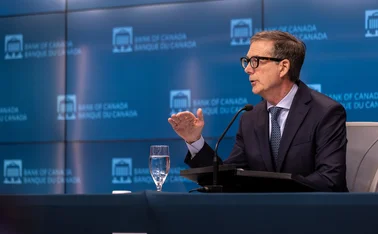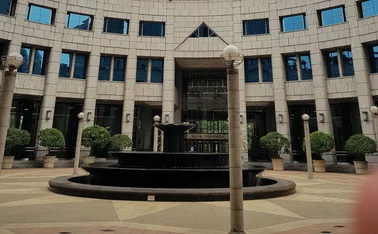
BoE raises rate to 1% as recession risks mount
Inflation expected to climb above 10% and GDP growth to drop to around zero

The Bank of England increased the policy rate by 25 basis points to 1% today (May 5), as it warned inflation is likely to rise above 10% this year, the highest rate since 1982.
It marks the first time the Bank of England has raised interest rates four times in a row since its foundation in 1694.
The UK has met with a succession of shocks, which “monetary policy was unable to prevent”, said governor Andrew Bailey. Most recently, Russia’s invasion of Ukraine has triggered a surge in energy
Only users who have a paid subscription or are part of a corporate subscription are able to print or copy content.
To access these options, along with all other subscription benefits, please contact info@centralbanking.com or view our subscription options here: http://subscriptions.centralbanking.com/subscribe
You are currently unable to print this content. Please contact info@centralbanking.com to find out more.
You are currently unable to copy this content. Please contact info@centralbanking.com to find out more.
Copyright Infopro Digital Limited. All rights reserved.
As outlined in our terms and conditions, https://www.infopro-digital.com/terms-and-conditions/subscriptions/ (point 2.4), printing is limited to a single copy.
If you would like to purchase additional rights please email info@centralbanking.com
Copyright Infopro Digital Limited. All rights reserved.
You may share this content using our article tools. As outlined in our terms and conditions, https://www.infopro-digital.com/terms-and-conditions/subscriptions/ (clause 2.4), an Authorised User may only make one copy of the materials for their own personal use. You must also comply with the restrictions in clause 2.5.
If you would like to purchase additional rights please email info@centralbanking.com








